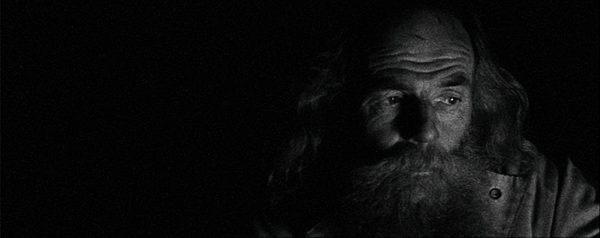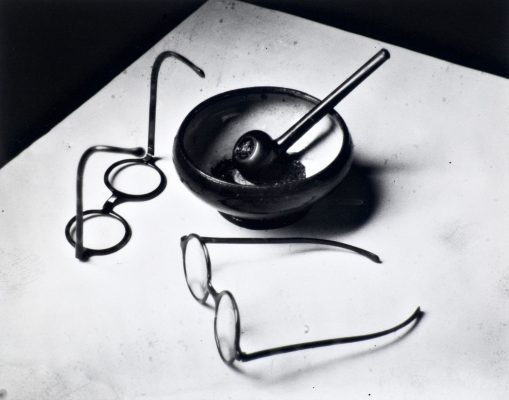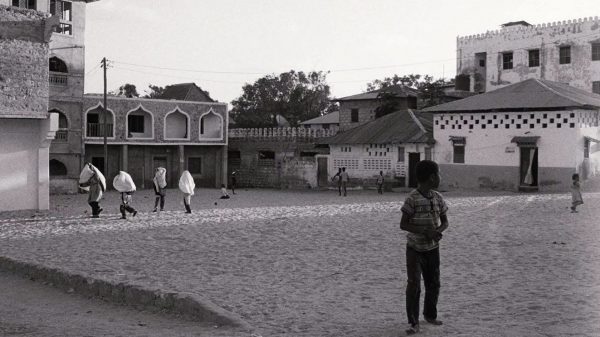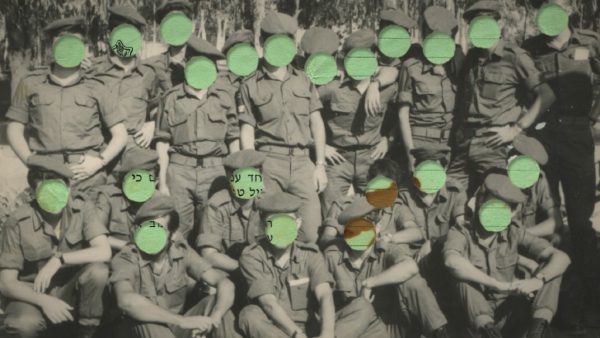Ben Rivers is an artist who makes films. Two Years at Sea, his first feature-length film, was released to cinemas in early May. It’s about a man called Jake who lives alone in the Scottish Highlands.
The last time I watched a film by Rivers, the 16mm projector was installed in the seats of the lecture theatre. The audience was collected around this machine that was guiding film through its insides and spewing it out again, throwing up the image, loudly.
Rivers went to see Jake in 2005, where he shot the observational documentary This is My Land. He returned last year, collaborating with his subject, recording reenactments of his daily routine and staging imaginative events. Jake goes about his business; he washes in a makeshift shower, chops wood to make a fire, and walks through the wilderness. Partway through the film the caravan in which Jake has fallen asleep is hoisted up into a tree. Jake wakes up, opens the door and calmly looks out. We know he’s in on the act.
Rivers makes work for the cinema and the art gallery. For his recent exhibition at Kate MacGarry Gallery in East London, Phantom of a Libertine, he showed a 16mm film composed of fragments from a single traveler’s photograph album. Rivers likes clues; for Phantom of a Libertine, the slide show, as a mode of demonstration and revelation over time, is re-cast as a mode of looking, a mechanical way of perceiving something closely and from a distance, without disclosure. In Two Years at Sea, Rivers gestures towards the narrative of Jake’s life, how he ended up in this place, where he might have travelled to or who he might have met, through objects and pieces of music.
I met Rivers at the ICA on the day Two Years at Sea was released in cinemas nationwide. He spoke about the film and its subject, Jake, the relationship of fiction to documentary film, and the end of the world.




